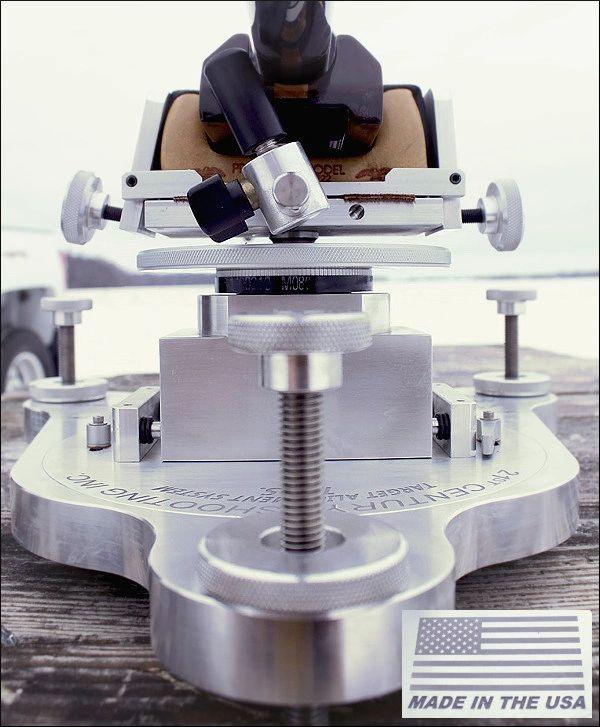M1A1ABRAMS
Well-Known Member
I would not be scared to take a belt sander (36 grit) to a shell holder. Just go slowly. Not a lot of pressure while sanding. It may get a little warm, so vice grips may be needed. And measure often. Shell holders are cheap enough. As someone else suggested.Zactly!!
In your case, what other people said about taking some metal from the mouth of the die, has to be done. Not all dies come out to spec and somebody's off day on Quality Control can land you in a bad place.
Me? I'd never try taking that metal away from the die mouth. Ensuring a flat angle is there after you've finished is beyond my skill set. Might be worth asking other people just how to go about it though.

